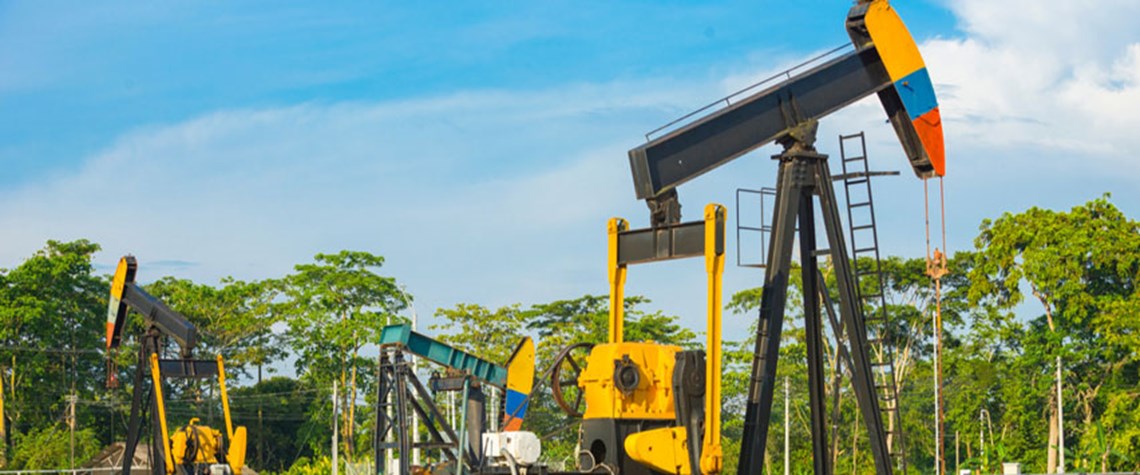Warning signs for Colombia’s upstream
The clock is ticking to prevent years of crude production decline ending the country’s ability to meet its own energy needs
Months of national protests last year dealt another blow to Colombia’s ambitions of reviving its flagging crude production. The country’s National Hydrocarbons Agency (ANH) estimates that output averaged just 736,397bl/d in 2021, down from 779,119bl/d the year before, which was already an 11-year low. “There has not been a significant increase in proven resource volume in years,” says Sofia Forestieri, an upstream analyst at consultancy Rystad Energy. “Crude resources total 1.8bn bl and, at the current rate, [Colombia] will only be able to sustain production for another five or six years.” Latin America’s third-largest oil producer reached peak production in 2013, with output at 990,000bl/d,

Also in this section
24 December 2025
As activity in the US Gulf has stagnated at a lower level, the government is taking steps to encourage fresh exploration and bolster field development work
23 December 2025
The new government has brought stability and security to the country, with the door now open to international investment
23 December 2025
A third wave of LNG supply is coming, and with it a likely oversupply of the fuel by 2028
22 December 2025
Weakening climate resolve in the developed world and rapidly growing demand in developing countries means peak oil is still a long way away







